Specifically, on the morning of October 30, VVMĐ. (born in 2019, residing in Tam Dan commune, Phu Ninh district, Quang Nam province) was taken to a local kindergarten by his parents. However, at noon that day, the child showed signs of a stomachache, so the class teacher called the parents to pick him up and take care of him.
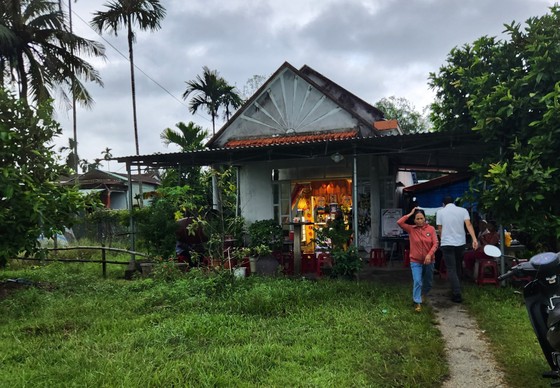 |
The family brought D.'s body home to prepare for the funeral. |
Upon hearing the news, Mr. Vo Van Dieu (born in 1985, father of M.D.) went to school to take his child home, gave him medicine and porridge, but M.D.'s pain did not subside. At around 7:00 p.m. the same day, Mr. Dieu and his wife, Ms. Vo Thi Thuy Loan (born in 1989) took M.D. to the emergency room at Quang Nam Maternity and Pediatrics Hospital.
Here, the doctors performed an ultrasound and diagnosed M.D. with enteritis. After that, they administered two IV fluids and medicine, but the pain did not subside. All night until the next morning (October 31), M.D. had a fever, could not sleep, and was constantly crying.
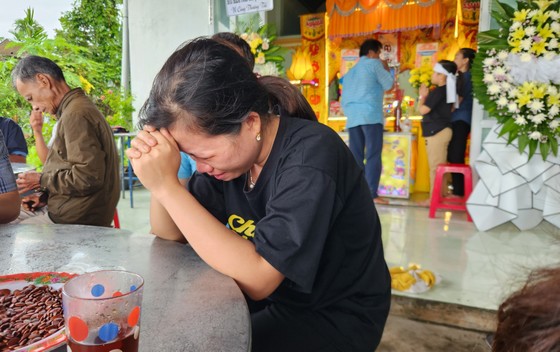 |
Ms. Vo Thi Thuy Loan was heartbroken by the sudden passing of her son. |
Ms. Loan said that a week before, D. had enteritis, but after taking medicine, he was able to eat and go to school normally. On the morning of October 31, although D. was still in pain, he was still able to play by himself in the hallway behind the hospital room. He was fed porridge but vomited it all up. At around 8 a.m., a doctor came to examine him, make medicine, and give him an IV.
“At that time, I held my child in my arms while the doctor administered medicine. About 15 minutes later, the child showed signs of being very tired, so my husband and I informed the doctor and took him to the emergency room. But not long after, the doctor said that the child had not survived and told the family to take him home,” Loan burst into tears when talking about her child.
Mr. Dieu said that when he examined the child, he saw the doctor inject a dose of medicine into the IV bottle for the child, he wondered what kind of medicine it was. About 15 minutes after the injection, the child had a reaction, vomited, and lost control of his speech. After being taken to the emergency room for 30 minutes, the child died. When the family brought D.'s body home, they saw that it was purple from the temple to the back of the neck and lips.
“But why was my child still able to play before the medicine was made? After the medicine was made, he died so quickly. The hospital also did not clearly explain why my child died, making our family very upset,” said Mr. Dieu.
On the afternoon of November 1, Dr. Huynh Thi Thanh Thuy, Head of the Department of Neonatology, Emergency, Intensive Care and Pathology (Quang Nam Obstetrics and Pediatrics Hospital), who was in charge of the case, informed about the incident.
Accordingly, the hospital admitted patient D. on the evening of October 30 in a state of abdominal pain and vomiting. The hospital performed an ultrasound and diagnosed that D. had enteritis. Because D. could not eat or drink, intravenous fluids were administered.
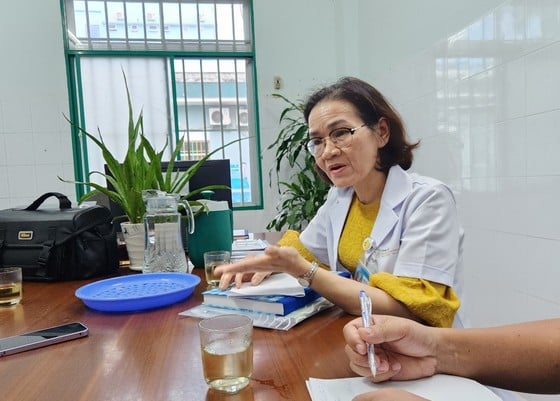 |
Doctor Huynh Thi Thanh Thuy informs about the case of child D. |
At around 2am on October 31, the child started to feel pain, and was examined by a doctor, who performed an ultrasound to check for intestinal problems, but no physical intervention was required. At around 8:50am, the child became tired and lethargic and was transferred to the intensive care unit. During resuscitation, the child began to have cardiac arrest, stopped breathing and died at 10:10am the same day.
“Within the limits of medicine, there are diseases that cannot be treated, especially viral diseases. About 5% of viral diseases that pass through the intestines will attack the heart. And the final diagnosis of the cause of death of patient D. was acute fulminant myocarditis. The patient was infected with a virus, which manifested in the intestines, then attacked and damaged the heart muscle. This is a very rare case, with a very rapid progression,” Dr. Thuy explained.
Regarding the family seeing the medical staff injecting medicine, Dr. Thuy explained that during the infusion process, there was a needle used to check the veins. And the hospital had only infused one bottle of fluid, and when it came to the second bottle on the morning of October 31, the family saw that the needle was used to check this bottle of fluid. While the patient D. was in cardiac and pulmonary arrest, the doctors and nurses performed resuscitation, so after bringing the patient's body back, the corpse would be stained in those areas.
“The hospital also explained to the patient’s family when doing the procedure, but perhaps the family did not fully understand the explanation. We are also very sorry and offer our condolences to D’s family,” Dr. Thuy shared.
Source





![[Photo] Spreading passion for science and technology in educational environment](https://vstatic.vietnam.vn/vietnam/resource/IMAGE/2025/4/27/059521b98e3847368f5ff4120460a500)

![[Photo] Ho Chi Minh City residents stay up all night waiting to watch the parade rehearsal](https://vstatic.vietnam.vn/vietnam/resource/IMAGE/2025/4/27/0c555ae2078749f3825231e5b56b0a75)


















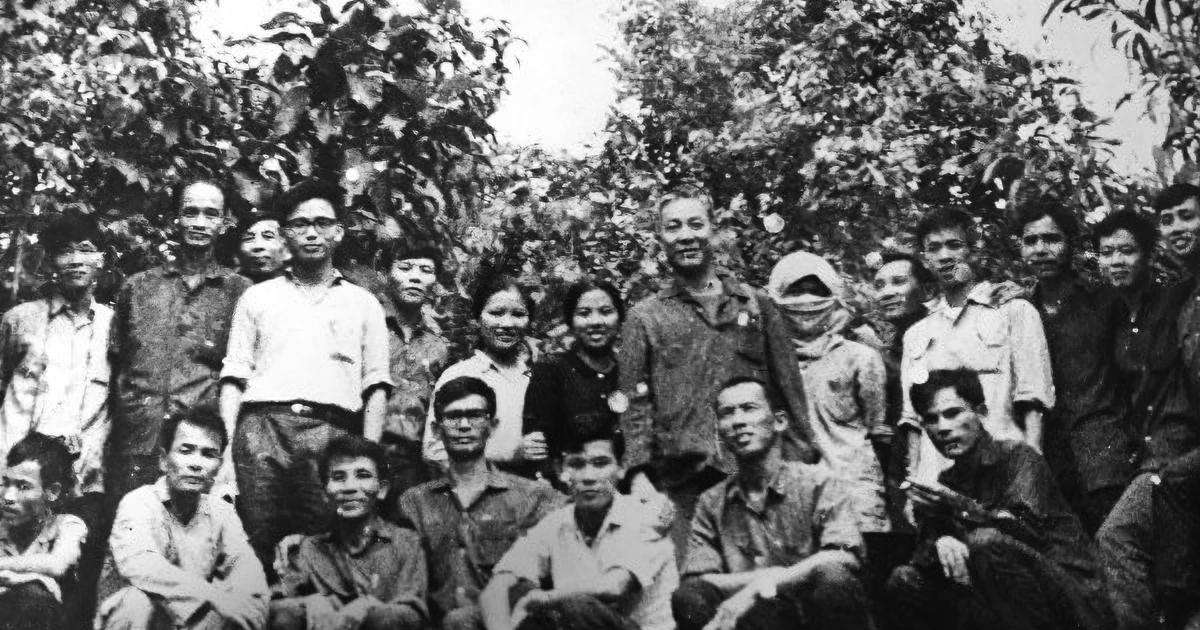




![[Photo] Young people line up to receive the special supplement commemorating the 50th anniversary of the Liberation of the South of Nhan Dan Newspaper](https://vstatic.vietnam.vn/vietnam/resource/IMAGE/2025/4/26/9e7e624ae81643eba5f3cdc232cd07a5)











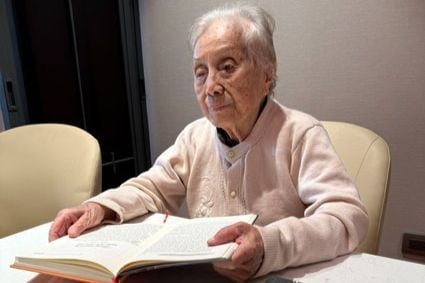





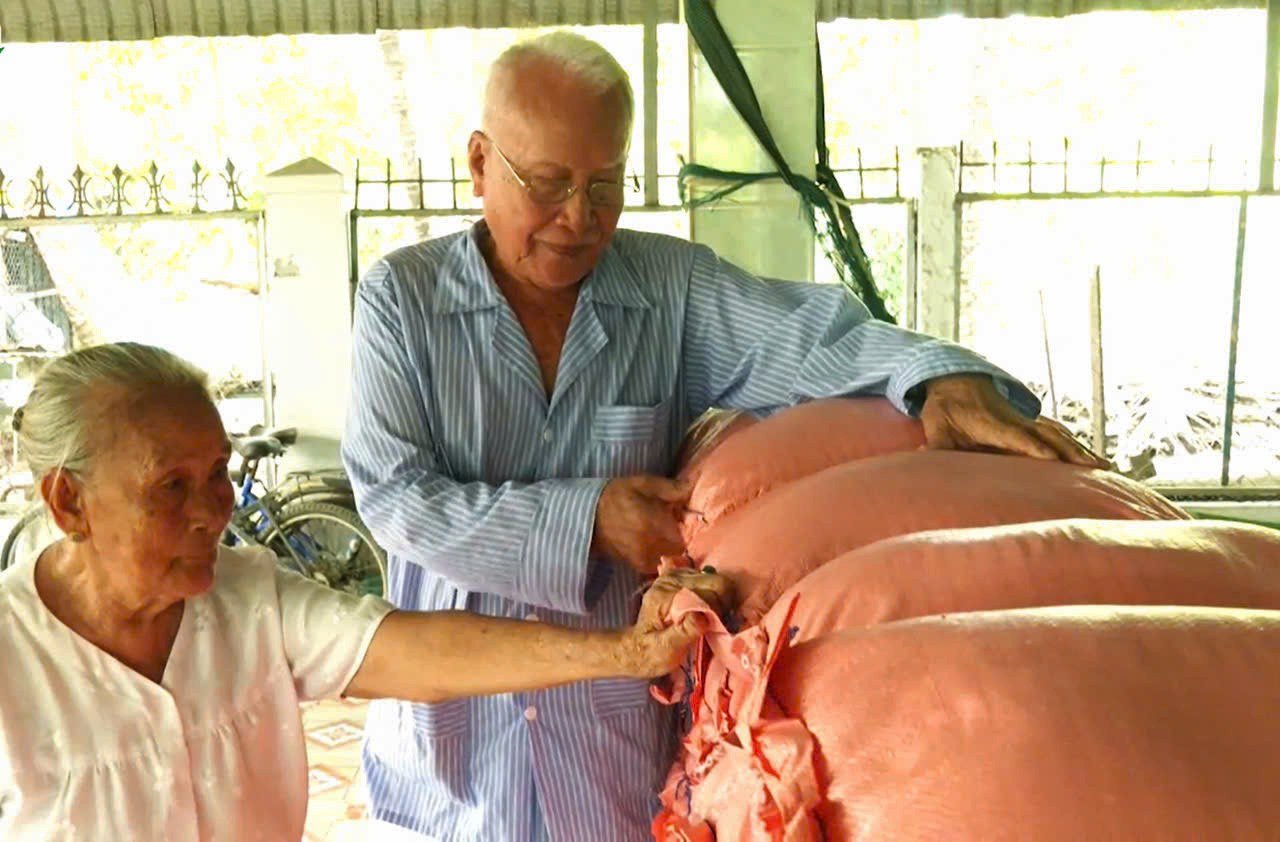

































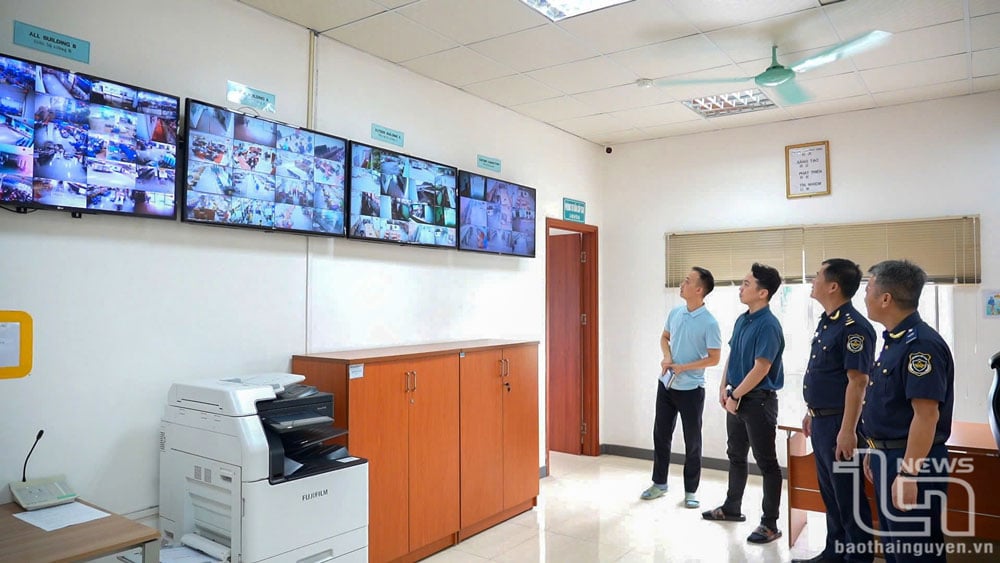

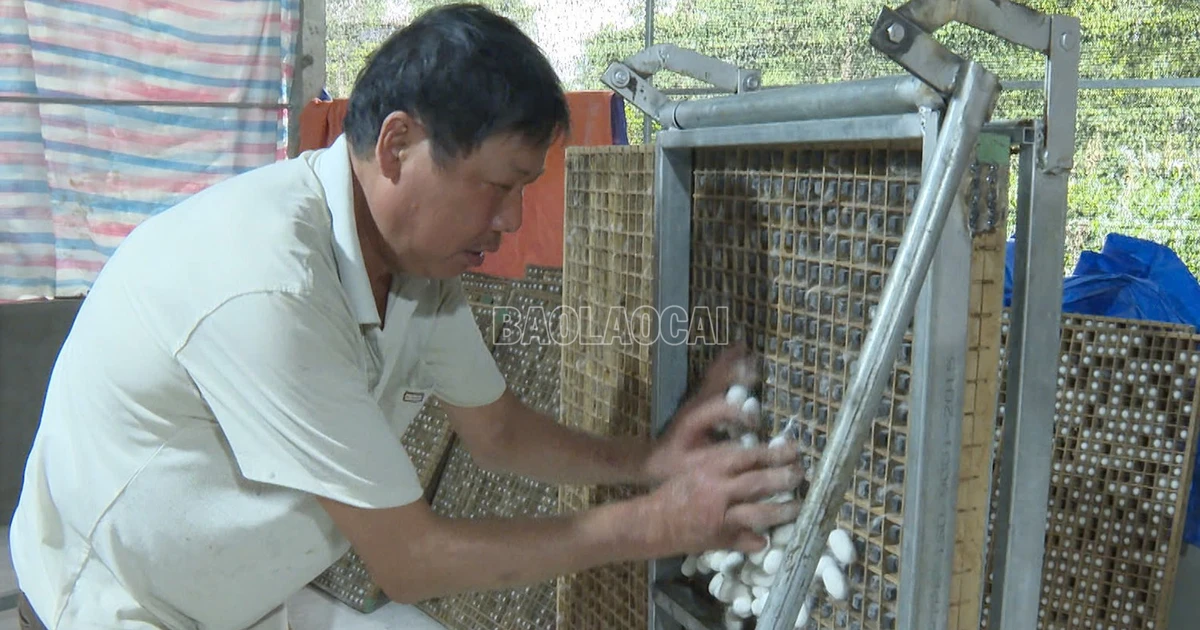






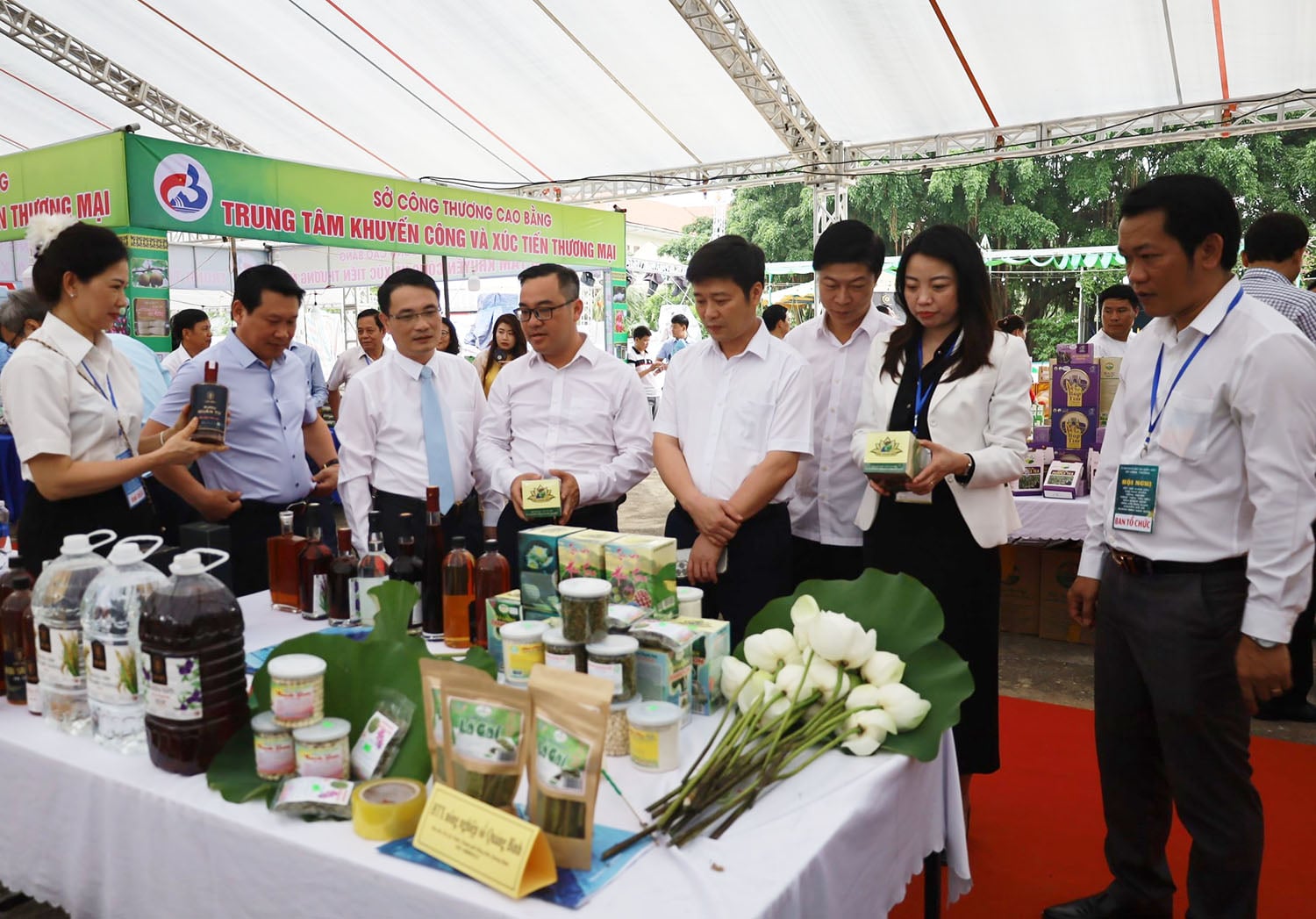




Comment (0)